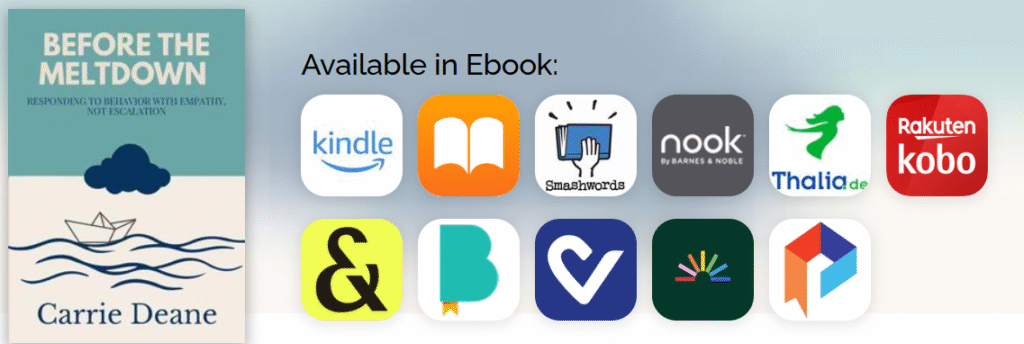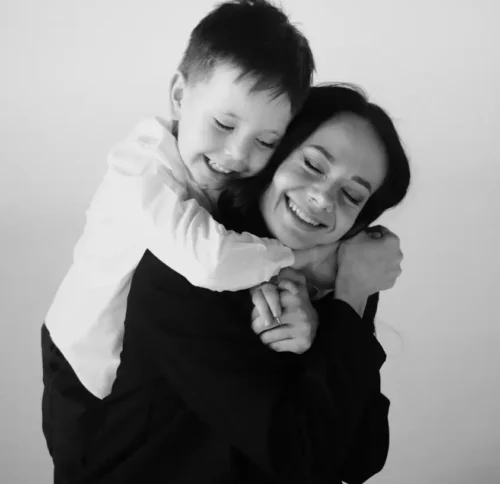Responding with Empathy and Effectiveness
Child Behavior Strategies: Respond with Empathy and Connection
If you’ve ever felt frustrated by a child’s behavior—big outbursts, stubborn defiance, or sudden shut-downs—you’re not alone. Every parent, teacher, and caregiver has been there. It’s easy to see these behaviors as deliberate or “bad,” but most of the time, they’re not meant to make our lives harder.
Child behavior strategies rooted in empathy help us see these moments differently. Behavior is often a child’s way of telling us something they don’t have the words for yet. When we understand that, we can respond in ways that truly support them.
Behavior Is Communication: The Heart of Child Behavior Strategies
One of the most important ideas to remember is that behavior is communication. When a child has a meltdown, refuses to cooperate, or withdraws, they’re trying to say something—even if it’s hard to see what.
Often, they’re overwhelmed. They might be struggling with frustration, anxiety, or anger they can’t manage yet. Sometimes they feel misunderstood or unsafe. Neurodivergent children in particular may have sensory or developmental differences that make emotional regulation more challenging.
Seeing behavior as communication shifts us from asking, How do I stop this? to What are they trying to tell me?
Responding with Empathy Instead of Punishment
Punishment might feel like the fastest way to stop challenging behavior, but it doesn’t address the real problem. Empathy is far more effective. It doesn’t mean ignoring boundaries—it means understanding what’s behind the behavior.
When we respond with empathy, we help children feel seen, heard, and safe. That’s the foundation for real change.
(Want to learn more about neurodivergent experiences? Read Masking Autism for insights on why some behaviors happen below the surface.)
1. Practice Co-Regulation
Young children often don’t know how to calm themselves down. Co-regulation means helping them manage their emotions by staying calm ourselves.
What it looks like:
When your child is melting down, take a breath, get down to their level, and speak softly. Let them know you’re there. Sometimes, just sitting quietly with them helps them feel safe enough to settle.
2. Validate Their Feelings
Even if their reaction seems over-the-top, their emotions are real to them. Telling them to “calm down” or “stop overreacting” usually makes it worse.
What it looks like:
Say, “I see that you’re really upset,” or “This is hard for you.” Recognizing their feelings shows them you’re on their side.
3. Teach Emotional Literacy
Emotional literacy is a key part of child behavior strategies. Kids can’t always name what they’re feeling, which can lead to acting out. Teaching them emotional words helps them express themselves in healthier ways.
What it looks like:
During calm times, talk about different emotions. Use books or pictures to teach words like “frustrated,” “sad,” or “angry.”
4. Set Clear, Consistent Boundaries
Compassion doesn’t mean no rules. Kids need clear boundaries to feel safe. Without them, they can feel anxious or lost, leading to more behavior challenges.
What it looks like:
Explain expectations ahead of time. When they test those boundaries, respond calmly but firmly. Instead of “Stop that or you’re in trouble,” try, “I know you’re upset, but we don’t hit. Let’s find another way.”
5. Use Positive Reinforcement
Punishment can stop behavior in the moment but doesn’t teach what to do instead. Positive reinforcement encourages the behaviors you want to see.
What it looks like:
Notice and praise good behavior. Say, “Thank you for using your words,” or “You did a great job calming down.” Small rewards like stickers or extra playtime can also motivate kids to keep practicing.
6. Identify Triggers and Adjust
Child behavior strategies also mean understanding what sets off challenging behavior. Triggers can be environmental—loud noises, hunger, overstimulation.
What it looks like:
Keep a simple log of behaviors to spot patterns. Are they acting out before meals or in busy places? Once you know the triggers, you can make small changes to help them cope better.
Building Connection for the Long Term
Child behavior strategies aren’t about controlling kids—they’re about understanding them. Responding with empathy, teaching emotional skills, and setting clear boundaries builds trust and connection.
When children feel safe, validated, and understood, they’re better able to manage their emotions—even during tough moments.
These approaches take time and patience. But they help kids build the resilience and emotional health they’ll carry with them for life.and stronger relationships. It’s not a quick fix—it’s an investment in their growth and well-being.
(For more on writing about neurodivergent perspectives with care, see Writing for Neurodivergent Minds: A Creative Survival Guide.)
Check out my ebook “Before The Meltdown!”





